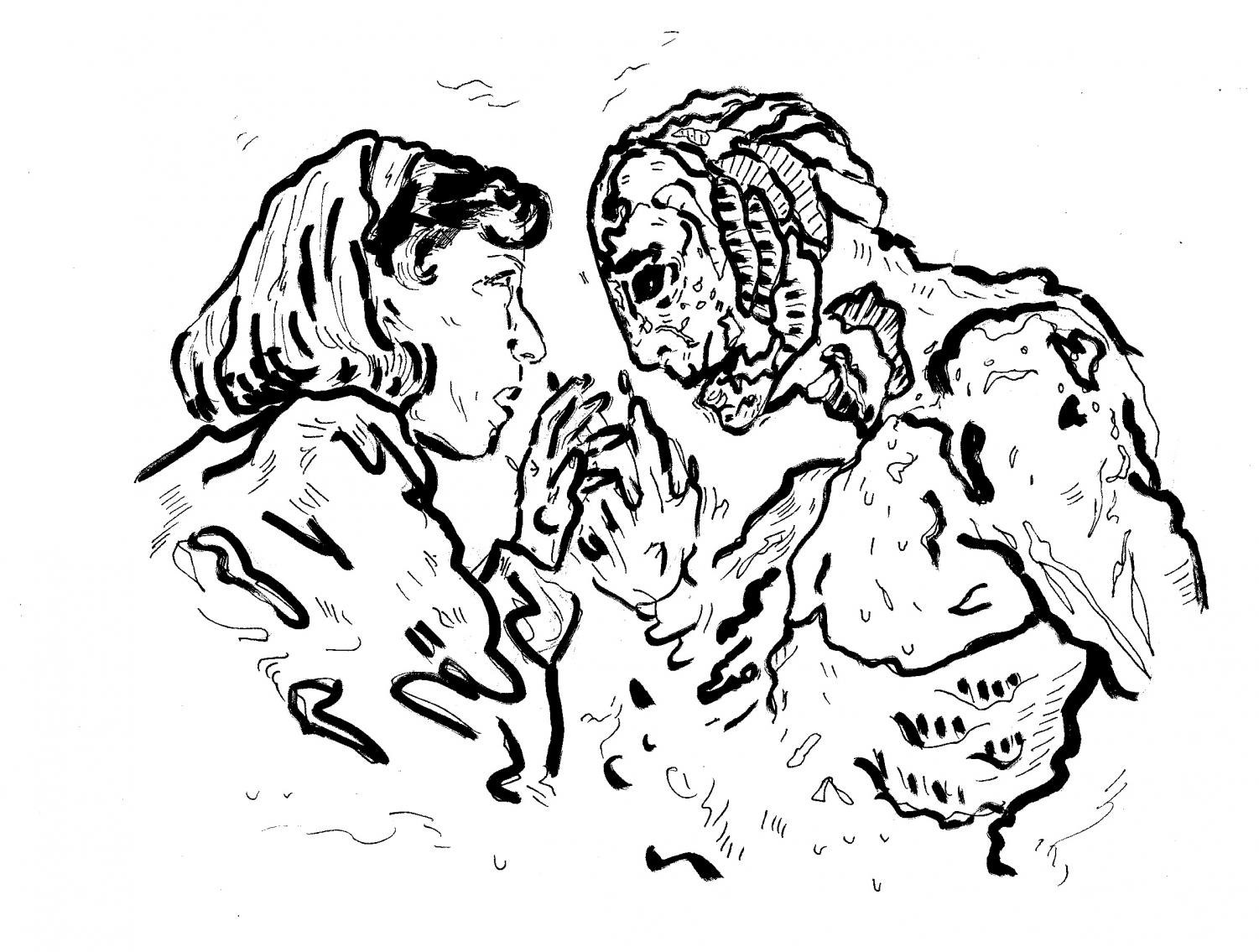“The Shape of Water” a Beautifully Executed Film
March 29, 2018
In an industry that has been flooded with remakes, sequels, prequels and franchises, the place for creative film directors and screenwriters has diminished into obscurity, with the few films that are genuinely new or groundbreaking either slumping in the box office or being relegated to art house cinemas. However, at times, these films make it to the rare, big-picture release. Most recently, this highly anticipated slot has been filled by Guillermo del Toro’s “The Shape of Water,” a film that is both stunning in its simplicity and breathtaking in its execution. Abby Takahashi
Abby Takahashi
The Mexican film director has made his mark on film history with his alternation between Spanish-language dark fantasy such as his critically acclaimed masterpiece “Pan’s Labyrinth,” and American action movies, the most notable being his adaptations of comics artist and writer Mike Mignola’s “Hellboy” series. With “The Shape of Water,” del Toro adapts the sharp wit and cynicism of of his Spanish-based fairy tales to the era of the Cold War and the cultural conformity of the United States. But while the film spends its time face-to-face with its characters, it still carries certain tropes of the director’s occasionally foray into action films; it echoes with the stylistic design of a Hollywood film-noir and monster flicks.
“The Shape of Water” is a fairy tale set in 1962 Baltimore. Eliza Esposito (Sally Hawkins), a mute janitor at a high-security government facility, falls in love with a creature kept within the lab. This amphibious creature (Doug Jones) was once worshiped as a god in South America before Colonel Richard Strickland (the formidable Michael Shannon) captured it in hopes of furthering the technological arms race of the Cold War.
The storyline is a simple concept, as is with many of del Toro’s films, but it comes to life with his attention to detail both in setting and characters, as well as the interactions that clearly define each character. While this may seem a given in the contemporary film industry, more and more writers and directors are opting for complex motivations and plots that fall apart upon the most gentle inspection. Here, however, no feigned complexity erodes the beauty of del Toro’s vision. Eliza is established as being lonely, cut off from the world by her lack of a voice. Colonel Strickland is the familiar Vietnam-era military antagonist; he’ll do anything for God and country as long as he gets results.
These motivations, portrayed in the simplicity of B-movie style, come to life particularly through the acting of Hawkins and Jones. It’s hard to decide which of the two has the harder role: Hawkins cannot speak and portrays all of her emotion through motion or sign language, while Jones is buried under two or three inches of a finely-crafted body suit–he is so concealed that the creature’s facial motions are done entirely in CGI. However, this does not stop either actor from bringing both characters to life and ultimately crafting a believable and emotional love story.
Credit needs also be given to del Toro’s set design. The opening monologue of the film may set the plot moving, but it is the eerie atmosphere of the flooded Baltimore apartment that sets the mood of the film. This attention to detail within every setting never lets up; from the stark military complex to the layout of a house in Suburbia, the director’s world is as much a character as the creature, and the transitions between each–even realistic to fantastical–allow the audience to believe that this could exist.
“The Shape of Water” is a work of love, and while it bears resemblance to Guillermo del Toro’s earlier works–particularly “Pan’s Labyrinth”–the film also finds a place within the greater mythology of American film. It redefines and refines the monster genre by focusing not on the horror of the creature, but on the humanity of character interaction. It may be bloody, it may be a satire of American culture, but it also a love story, one that bursts with energy and creativity without faltering.





